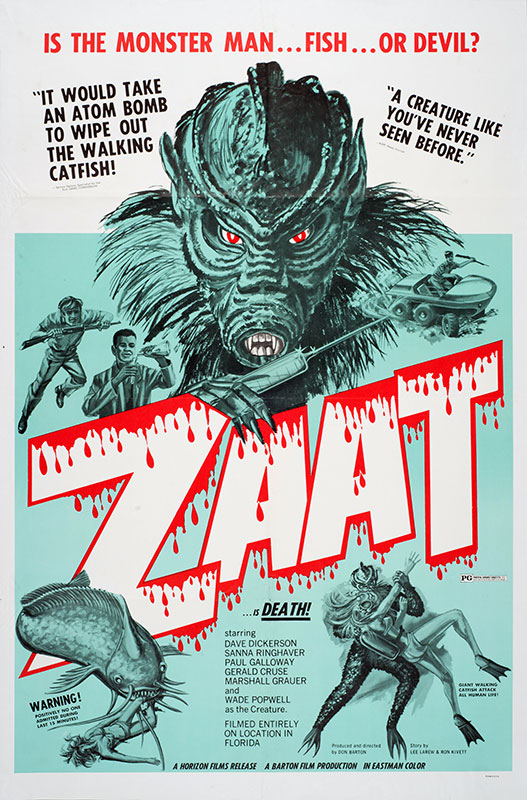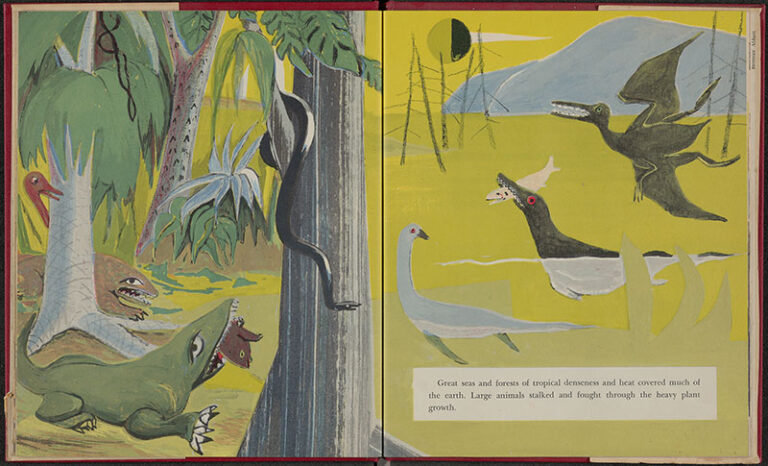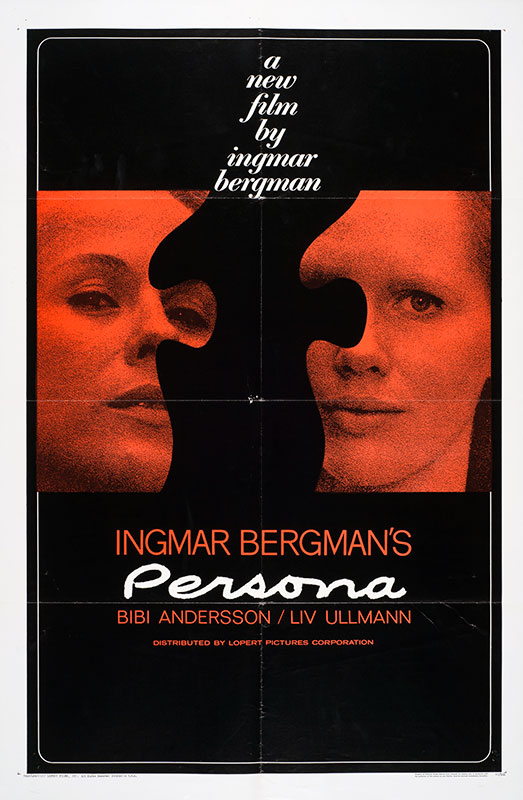by ASH KINNEY D’HARCOURT The 1970s in the United States saw significant social, cultural, and economic upheaval in the context of an ongoing sexual revolution, anti-war sentiment and political scandals. Struggling to maintain relevance during this decade, the industry began to incorporate more explicit violence and sexuality as well as… read more
Art
Preparing Color Illustrations for Elizabeth Olds’s Deep Treasure (Boston: Houghton Mifflin, 1958)
by TRACY BONFITTO, CURATOR OF ART The exhibition Public Works: Art by Elizabeth Olds features original illustrations and preparation art that were used in the creation of Olds’s children’s books. These important process materials are on loan from the Kerlan Collection of Children’s Literature at the University of Minnesota.
Movie Posters of the 1960s: Adaptation, Innovation, and Artistic Expression
by ASH KINNEY D’HARCOURT In the rapidly changing cultural landscape of the 1960s, the film industry explored new strategies to capture audience attention. The restrictive production code began to weaken, allowing for the emergence of the more experimental and avant-garde approaches to filmmaking that gained prominence during this decade. In… read more




